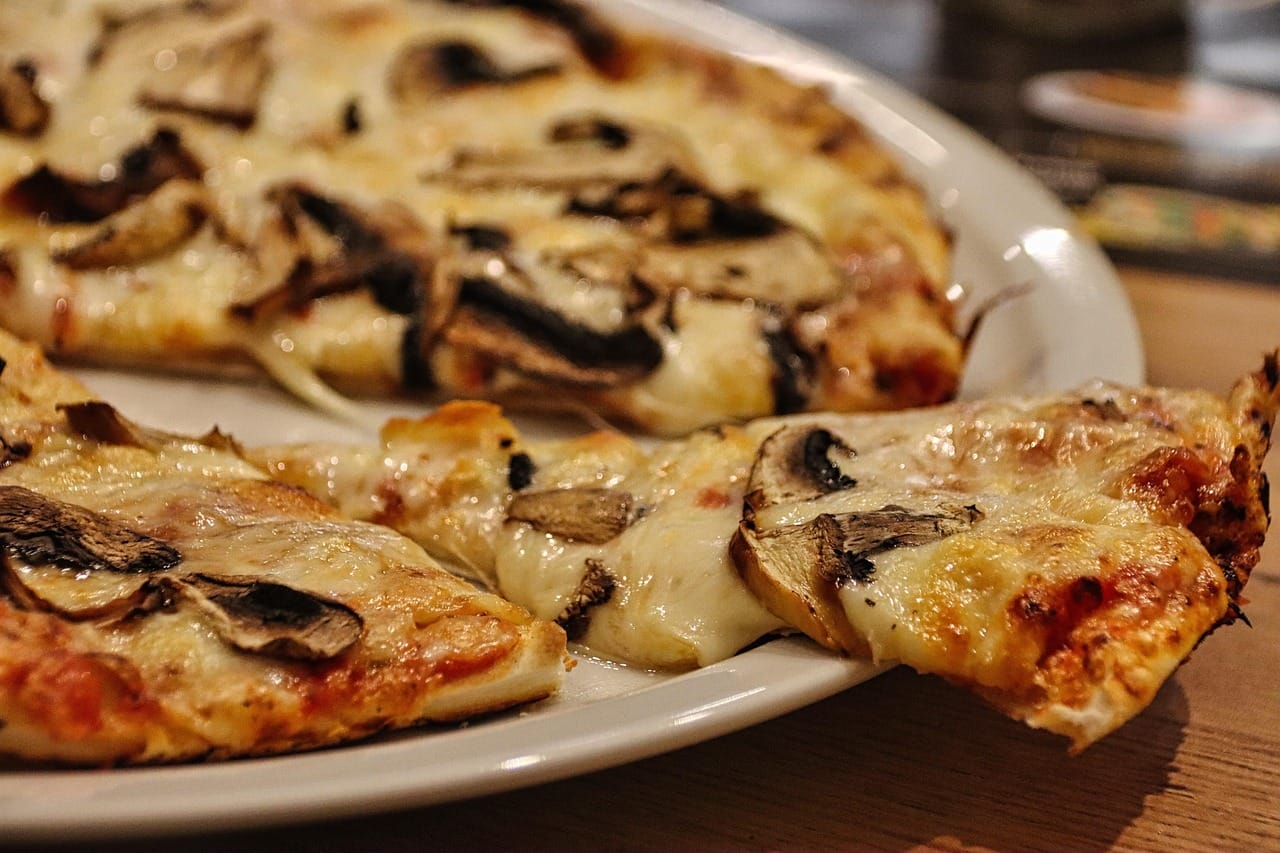Craving a flavorful, comforting, and healthy meal? Look no further than a delicious vegan curry! This plant-based powerhouse is not only packed with incredible flavors and aromas but is also surprisingly easy to make at home. Whether you’re a seasoned vegan or just looking to incorporate more plant-based meals into your diet, this vegan curry recipe is sure to become a staple in your kitchen. We’ll explore the best ingredients, simple techniques, and variations to create your perfect vegan curry experience.
Why Choose a Vegan Curry?
Health Benefits of Vegan Curry
Vegan curries offer a multitude of health benefits, thanks to their abundance of vegetables, spices, and plant-based proteins.
- Rich in Vitamins and Minerals: Loaded with vitamins A, C, K, and various B vitamins, depending on the vegetables used.
- High in Fiber: Vegetables like spinach, chickpeas, and sweet potatoes contribute significantly to your daily fiber intake, aiding digestion and promoting gut health.
- Anti-inflammatory Properties: Many curry spices, such as turmeric, ginger, and chili, possess potent anti-inflammatory properties, helping to reduce inflammation and support overall health. Turmeric, in particular, contains curcumin, a powerful antioxidant and anti-inflammatory compound. Studies suggest that curcumin can help manage conditions like arthritis and inflammatory bowel disease.
- Heart Healthy: Plant-based diets are generally lower in saturated fat and cholesterol, promoting better heart health.
- Weight Management: The high fiber content keeps you feeling full and satisfied, aiding in weight management.
Environmental Impact of Veganism
Choosing vegan meals like curry contributes to a more sustainable lifestyle.
- Reduced Carbon Footprint: Plant-based diets have a significantly lower carbon footprint compared to diets that heavily rely on animal products.
- Decreased Water Usage: Producing plant-based foods generally requires less water than raising livestock.
- Land Conservation: Vegan diets require less land for agriculture, helping to preserve forests and natural habitats.
The Ultimate Vegan Curry Recipe
Ingredients You’ll Need
This recipe is designed to be flexible, so feel free to adjust the vegetables and spices to your liking.
- Base Ingredients:
1 tbsp coconut oil
1 onion, chopped
2 cloves garlic, minced
1 inch ginger, grated
1 red chili, finely chopped (optional)
2 tbsp curry powder (or a blend of turmeric, cumin, coriander, and chili powder)
1 can (14 oz) diced tomatoes
1 can (13.5 oz) coconut milk
1 cup vegetable broth
- Vegetables:
1 sweet potato, cubed
1 red bell pepper, chopped
1 cup broccoli florets
1 cup spinach (or kale)
1 can (15 oz) chickpeas, drained and rinsed
- Optional Additions:
1 lime, juice
Fresh cilantro, chopped
* Cooked rice or naan bread, for serving
Step-by-Step Instructions
Follow these simple steps to create your delicious vegan curry.
Customizing Your Vegan Curry
Vegetable Variations
The beauty of curry lies in its versatility. Feel free to experiment with different vegetables based on your preferences and what’s in season.
- Cauliflower: Adds a creamy texture and subtle flavor.
- Green Beans: Provide a crisp, fresh element.
- Eggplant: Absorbs the flavors beautifully, creating a rich, savory taste.
- Mushrooms: Offer an earthy, umami flavor.
Protein Additions
While chickpeas provide a good source of protein, you can also incorporate other plant-based proteins.
- Tofu: Pressed and cubed tofu adds a satisfying texture.
- Lentils: Red or brown lentils add a hearty, protein-rich element.
- Edamame: Shelled edamame provides a vibrant green color and a boost of protein and fiber.
Spice Level Adjustments
Customize the heat level of your curry to your liking.
- Mild: Reduce the amount of chili or omit it altogether.
- Medium: Use 1 red chili or add a pinch of cayenne pepper.
- Hot: Use 2-3 red chilies or add a generous pinch of cayenne pepper or chili flakes. You can also use a spicier curry powder blend.
Serving and Storage Tips
Serving Suggestions
Enhance your vegan curry experience with these serving suggestions.
- Rice: Serve with basmati rice, brown rice, or jasmine rice.
- Naan Bread: Warm naan bread is perfect for scooping up the curry.
- Raita: A cooling yogurt-based sauce can help balance the flavors. (Vegan Raita: Use a plant-based yogurt alternative.)
- Garnishes: Fresh cilantro, chopped peanuts, or a dollop of vegan sour cream add extra flavor and texture.
Storage and Reheating
Proper storage ensures your curry stays fresh and delicious.
- Refrigeration: Store leftover curry in an airtight container in the refrigerator for up to 3-4 days.
- Freezing: For longer storage, freeze the curry in an airtight container for up to 2-3 months. Thaw overnight in the refrigerator before reheating.
- Reheating: Reheat the curry in a saucepan over medium heat, stirring occasionally, until heated through. You can also reheat it in the microwave. Add a splash of vegetable broth or water if it seems too thick.
Conclusion
Vegan curry is a versatile, flavorful, and nutritious meal that’s easy to adapt to your preferences. From its health benefits to its environmental impact, choosing a vegan curry is a win-win. By following this recipe and exploring the various customization options, you can create a delicious and satisfying dish that will become a regular part of your meal rotation. So, gather your ingredients, get cooking, and enjoy the delightful flavors of a homemade vegan curry!



